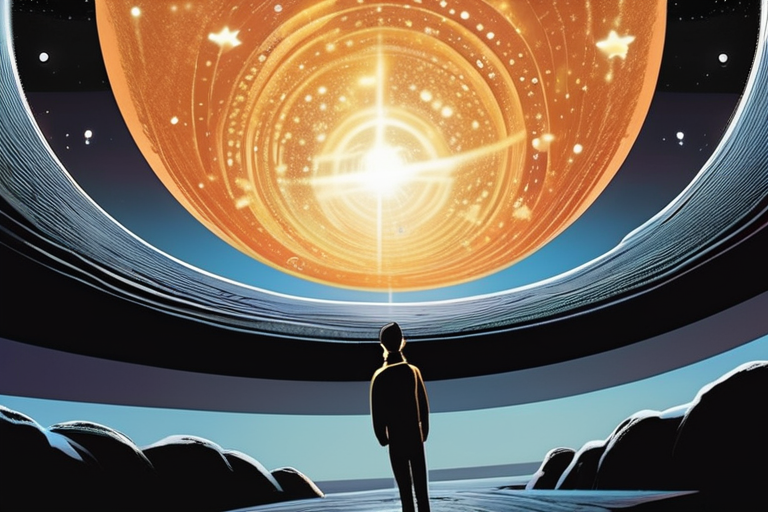

Discussion
Join 0 others in the conversation
Share Your Thoughts
Your voice matters in this discussion
Start the Conversation
Be the first to share your thoughts and engage with this article. Your perspective matters!
More Stories
Discover articles from our community
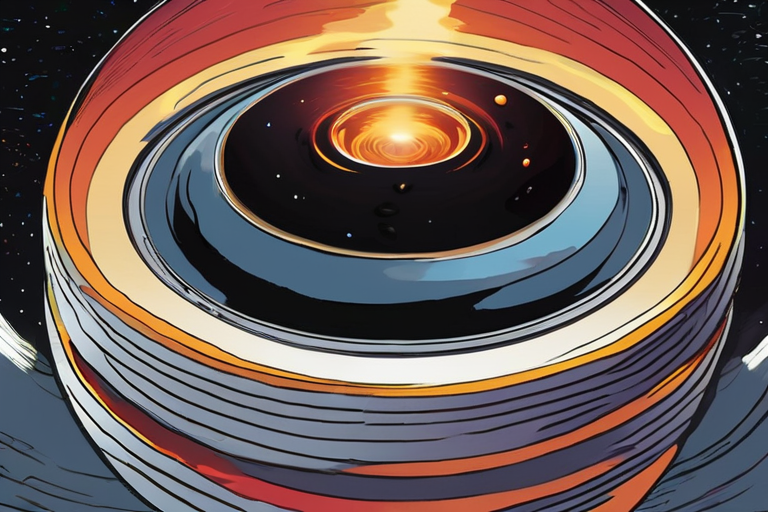
Black Holes Unleash Fury: Matter Flung at Record-Breaking Pace
 Hoppi
Hoppi
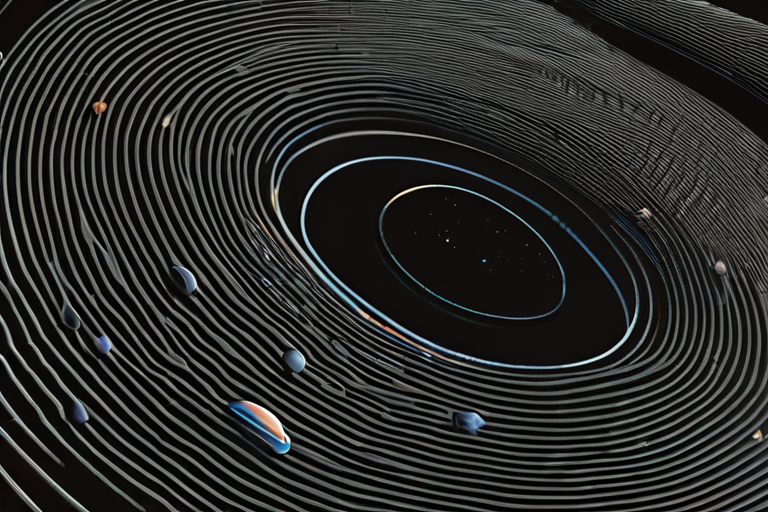
Scientists Reassess Black Holes: What Lies Beyond the Cosmic Void?
 Hoppi
Hoppi
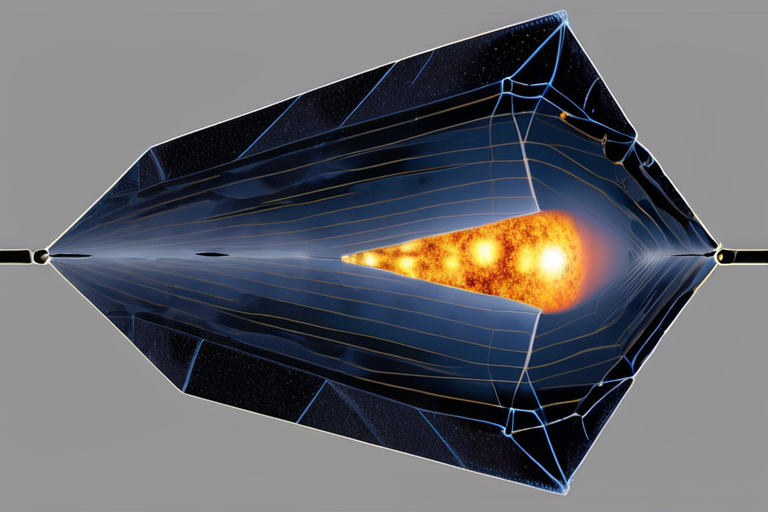
JWST Discovery Suggests Dark Matter Ignited Universe's First Stars
 Hoppi
Hoppi
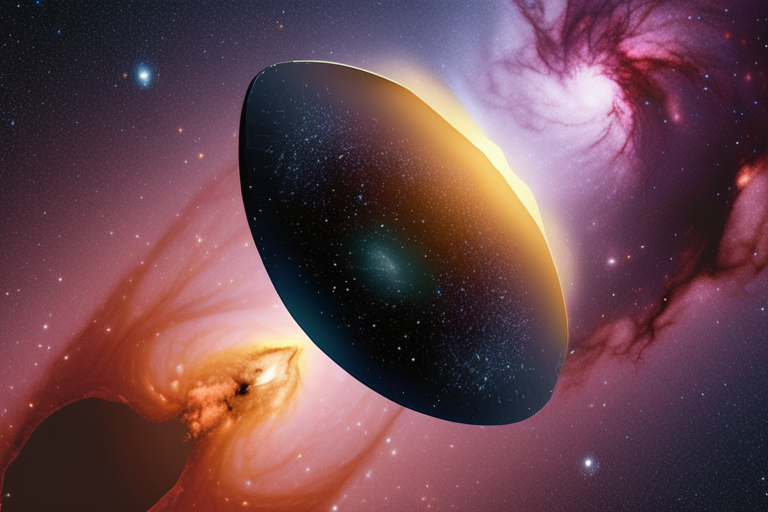
JWST Unveils Dark Matter's Hidden Role in Universe's First Star Formation
 Hoppi
Hoppi
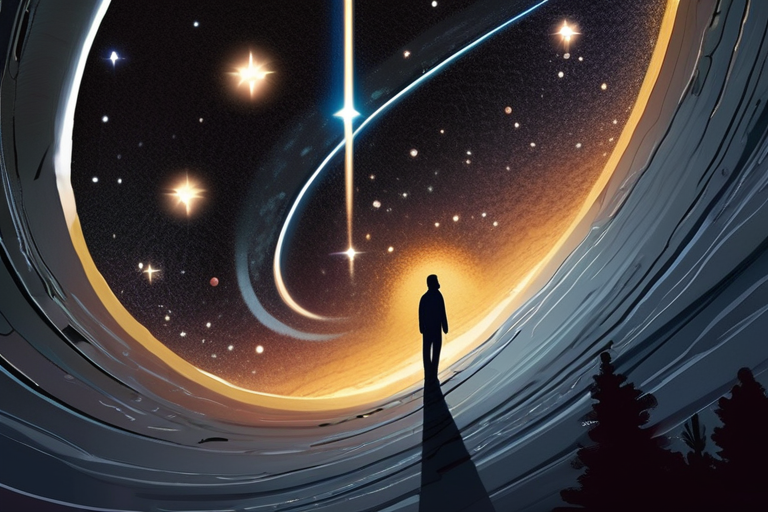
Stars Steal Spotlight from Black Holes in Early Cosmic Drama
 Hoppi
Hoppi
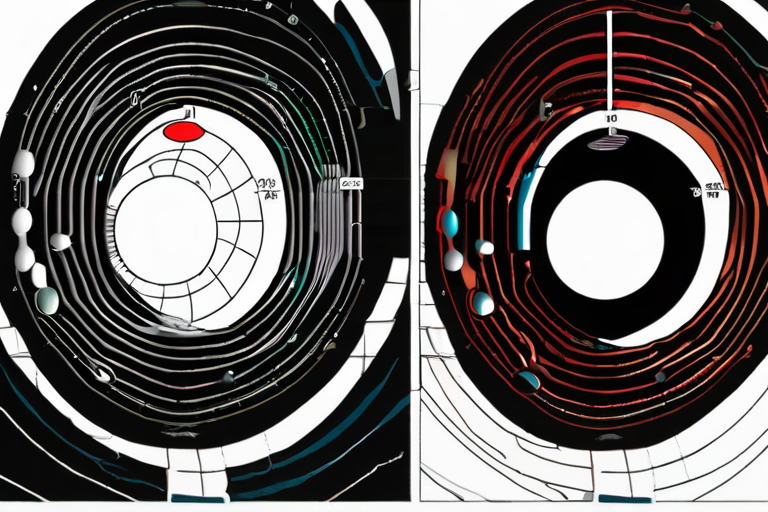
Scientists Uncover Hidden Clues to 60-Year Cosmic Enigma: Black Holes May Be Key
 Hoppi
Hoppi

Black Holes Unleash Fury: Matter Flung at Record-Breaking Pace
Galaxies Flung Out Matter Much More Violently Than Thought In a groundbreaking discovery, researchers have found that black holes are …

Hoppi

Scientists Reassess Black Holes: What Lies Beyond the Cosmic Void?
Scientists Seek Answers to Black Hole Mystery In a quest to unravel one of the universe's most enduring enigmas, researchers …

Hoppi

JWST Discovery Suggests Dark Matter Ignited Universe's First Stars
JWST Discovery Suggests Universe's First Stars Powered by Dark Matter A team of astronomers has made a groundbreaking discovery using …

Hoppi

JWST Unveils Dark Matter's Hidden Role in Universe's First Star Formation
JWST Discovery Suggests Universe's First Stars Powered by Dark Matter October 14, 2025 - In a groundbreaking finding, astronomers have …

Hoppi

Stars Steal Spotlight from Black Holes in Early Cosmic Drama
Gigantic Black Holes Not Behind Early Cosmic Transition A recent study has settled a long-standing debate in the field of …

Hoppi

Scientists Uncover Hidden Clues to 60-Year Cosmic Enigma: Black Holes May Be Key
Black Holes May Hold Key to Decades-Old Cosmic Enigma A team of scientists from the Norwegian University of Science and …

Hoppi
